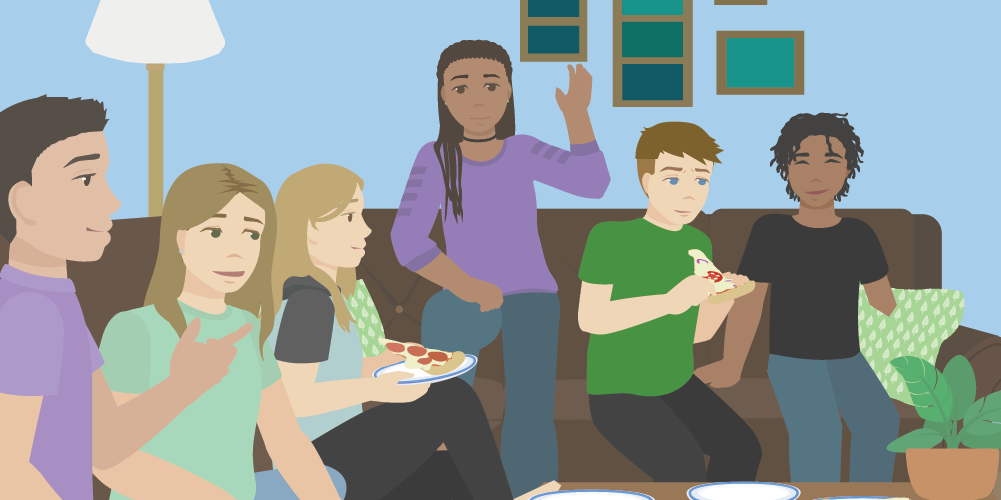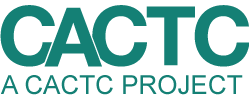Fall is just around the corner, which means a lot of fun activities and celebrations are coming up, like Homecoming and Halloween! However, events like these can create environments for your teen that can encourage underage drinking. Many believe teenagers are getting alcohol from older friends and peers, but of the teens who indicated that they have drank at least once in the past month, 26.2% of them are getting their alcohol from their own homes.1 It has also been shown that out of the teens who reported drinking at least once in the past month, 69.5% of them consume alcohol under their own roof.1 This is a great opportunity for both you and your teen to educate yourselves on the dangers of underage alcohol consumption.
When there is constant alcohol consumption happening at a young age, it can have negative effects on the brain’s growth and development. More specifically, the cells in your brain’s hippocampus are damaged, which is the area of your brain controlling memory and learning. This can unfortunately create long-term impacts on your teen’s developing brain health and growth, like brain damage and memory loss.3
Studies on parents who have teens that have drank in the past year have shown that these parents are providing their children with alcohol for many reasons, including special occasions, family traditions, and the belief underage drinking is inevitable.1 However, studies have shown teenagers whose parents allow them to drink at a young age are at higher risk for heavy drinking and regular alcohol use by age 14.1 Even though many parents believe ‘supervised drinking’ is the best way to teach their child about responsible drinking, it tends to have the opposite effect.
There are other methods to teach your child about the dangers of underage drinking, such as setting boundaries and consequences for certain situations. Studies have shown these methods are actually quite efficient in preventing teen drinking. Many parents believe this builds a wall between them and their children, but in reality, it shows you care about them and their wellbeing. Work together with your teen to create these boundaries, as they will be more likely to comply if they feel they also have control of the situation. Here are a few examples of some boundaries you and your teen can create:2
- No consumption of alcohol or drugs
- Implementing a curfew
- Limiting where they can drive their car and who they can drive
- Never get in the car with someone who has been drinking
As a parent, it is important to have these conversations with your teen and educate them on the dangers of drinking. Establishing a trusting relationship will provide a more open means of communication with your teen, and may delay their desire to drink even further. Remind them you are there to support them no matter what, and if they are ever in any danger in relation to drinking, they can ask you for help.
To learn more about teens and alcohol consumption, and ways to help them, visit: https://www.cortlandprevention.org/
References:
- Cortland Area Communities That Care (CACTC). Parent Strategy Report Update. https://www.cortlandareactc.org/publications. June 10, 2022.
- Setting boundaries. be the influence. (n.d.). https://www.betheinfluence.us/setting-boundries
- Gelard, S. (2022, April 13). The science behind Underage drinking. Upstream Parent. https://www.upstreamparent.org/?p=1985



